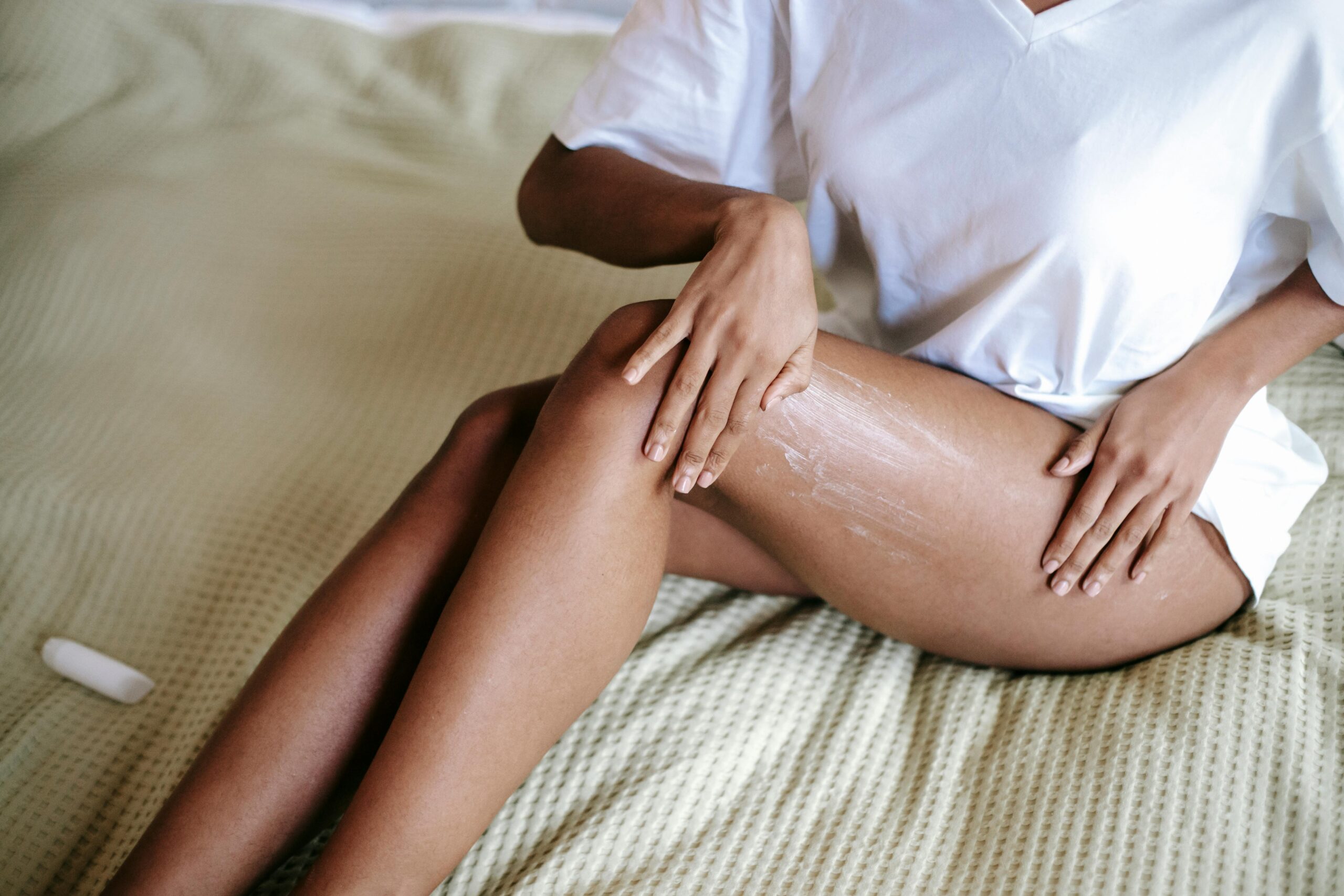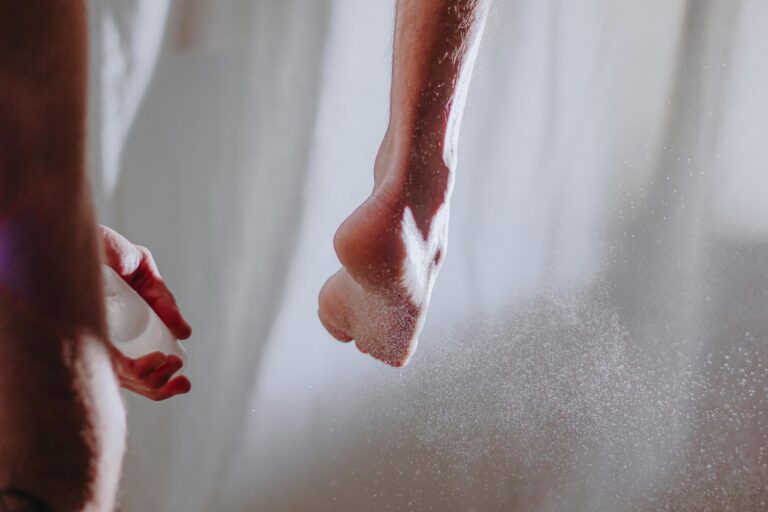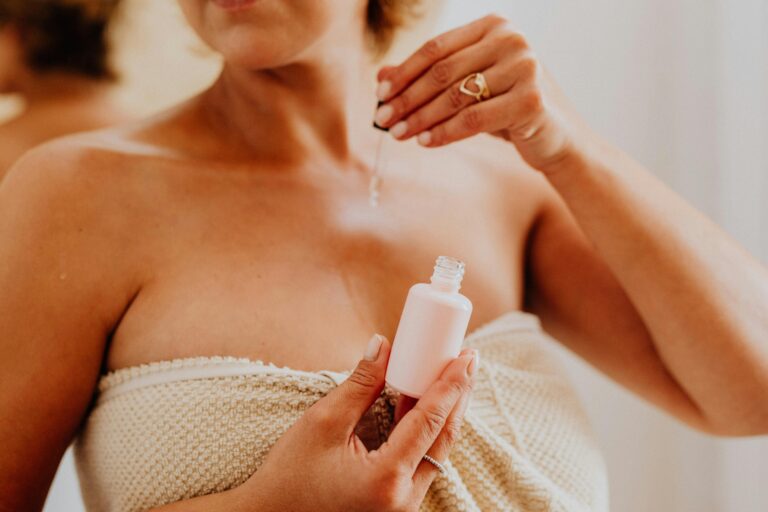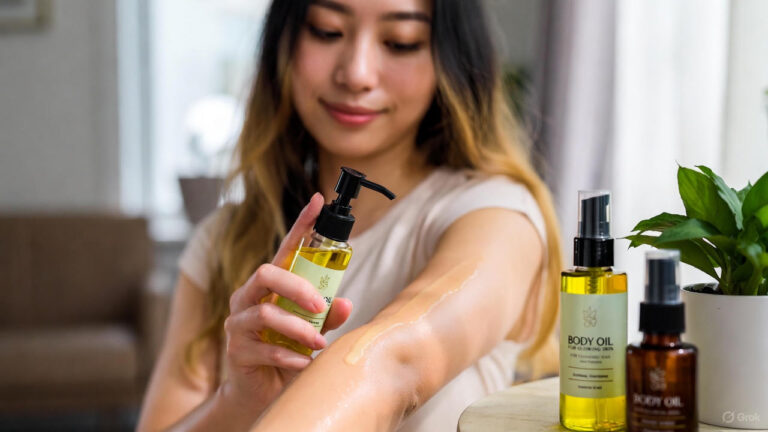Athletes push their bodies to the limit, often exposing their skin to sweat, friction, and various environmental elements. Proper body skincare is essential for maintaining healthy skin while maximizing performance. This article provides practical tips for athletes to address issues related to sweat and friction effectively.
The Impact of Sweat on Skin
Sweat is a natural response to physical exertion, helping regulate body temperature. However, excessive sweating can lead to skin irritations, clogged pores, and infections. It’s essential to manage sweat effectively to protect the skin.
Sweat and Bacterial Growth
Sweat itself is mostly water and salt, but it can also contain bacteria. When sweat accumulates on the skin, it creates an environment conducive to bacterial growth. This can lead to body odor and skin infections, particularly in areas prone to friction.
Clogged Pores
When sweat mixes with dead skin cells and oil, it can clog pores. This is particularly problematic for athletes who may be using heavy workout gear or products that don’t allow the skin to breathe. Clogged pores can result in acne or folliculitis, an inflammation of hair follicles.
Managing Sweat
To keep sweat under control and maintain skin health, consider the following strategies:
1. Shower Regularly
Showering after workouts is crucial. It removes sweat, bacteria, and dirt from the skin. Aim to shower within 30 minutes of finishing your workout to minimize the risk of irritation.
2. Use Antiperspirants
Using an antiperspirant can help reduce sweating. Look for products that contain aluminum chloride, which temporarily bhair sweat glands. Apply them at night for the best results.
3. Wear Moisture-Wicking Fabrics
Invest in moisture-wicking athletic wear. These fabrics draw sweat away from the skin, helping it evaporate quickly. This reduces moisture buildup and lowers the chances of skin irritation.
Addressing Friction
Friction from repetitive movements during exercise can lead to chafing, blisters, and skin irritation. Here are some effective ways to mitigate friction-related skin issues:
1. Apply Lubricants
Using a lubricant on areas prone to friction, such as thighs, armpits, and feet, can help prevent chafing. Look for products specifically designed for athletes, like anti-chafe balms or petroleum jelly.
2. Choose Proper Footwear
Wearing the right shoes is crucial for preventing blisters. Choose shoes that fit well and are designed for your specific activity. Break in new shoes gradually to avoid irritation.
3. Keep Skin Dry
Keeping the skin dry is vital for preventing chafing. Consider using body powders or anti-chafe creams that absorb moisture. These products can provide an extra layer of protection during intense workouts.
Post-Workout Skincare
After exercise, proper skincare is essential for recovery. Here are some post-workout tips:
1. Hydrate Your Skin
After showering, apply a good moisturizer to replenish moisture lost during sweating. Look for products with ingredients like hyaluronic acid or glycerin for optimal hydration.
2. Exfoliate Regularly
Regular exfoliation helps remove dead skin cells that can clog pores. Use a gentle scrub or an exfoliating body wash a few times a week. This promotes healthy skin turnover and prevents breakouts.
3. Address Specific Skin Concerns
If you experience specific skin issues, such as acne or rashes, consider using targeted treatments. Consult a dermatologist if these concerns persist for professional advice and solutions.
Conclusion
Athletes must prioritize body skincare to address the challenges posed by sweat and friction. By following proper hygiene practices, choosing the right products, and taking post-workout care, athletes can maintain healthy skin while enhancing their performance. Prioritizing skincare ensures long-term health and comfort during workouts.
FAQs
1. How often should athletes shower?
Athletes should shower after every workout to remove sweat and bacteria, ideally within 30 minutes.
2. What type of moisturizer is best for athletes?
Look for lightweight, non-comedogenic moisturizers that hydrate without clogging pores, preferably containing hyaluronic acid.
3. Can chafing be prevented entirely?
While it may not be possible to eliminate chafing completely, using lubricants and moisture-wicking fabrics can significantly reduce the risk.
4. Is it necessary to use anti-chafe products?
Anti-chafe products are highly recommended for athletes, especially those participating in long-duration activities, to protect against skin irritation.
5. How can I treat chafing after it occurs?
To treat chafing, cleanse the area gently, apply a soothing ointment like aloe vera or hydrocortisone cream, and allow the skin to heal.
6. Should I use different skincare products for my face and body?
Yes, facial skin is typically more sensitive than body skin. Use products specifically formulated for the face to address its unique needs.



